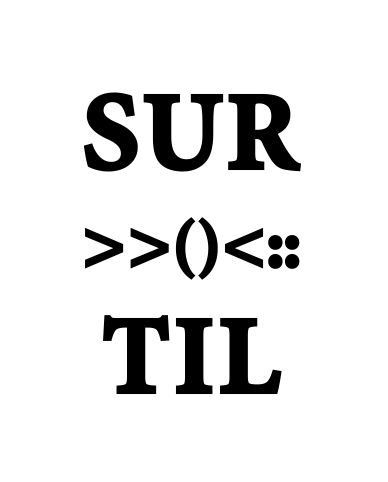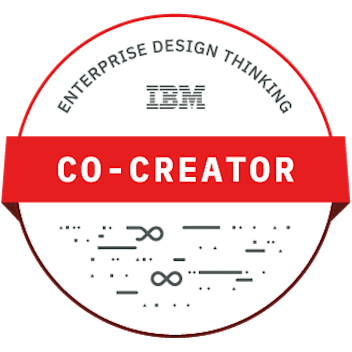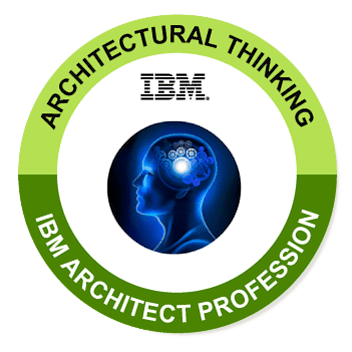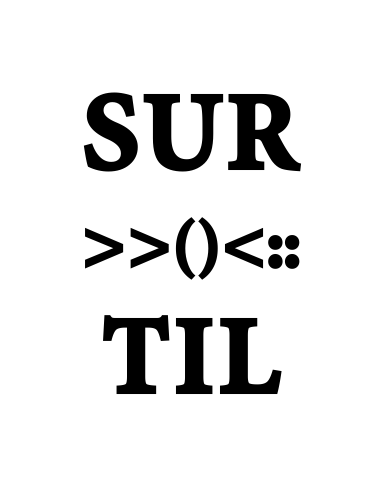
“If the map doesn’t agree with the ground the map is wrong”
Gordon Livingston – Too Soon Old, Too Late Smart
Surtil has as mission to help individuals, teams, companies and organizations to make clever and innovative decisions,
making good use of a set of methodologies, tools and decision intelligence.

Surmounting
The Information Lens.
“we’ve moved from the age of enlightenment to the age of entanglement where sense-making aided by imagination is now more critical than ever.“
John Seely Brown
Information uses & needs,
e.g. across supply chains and ecosystems:
Transparency, Product Passport,
Sustainability, Fair Trade
Circular Economy
Stakeholder Economy
The Information Lens
Cultural and Economic Traditions,
Operational Excellence, KPI’s
Contractual Specifications and Quality Control,
Flow of Goods/Money — Flow of Data/Value
Trust and Fear
Methods and Tools
Variety of Creative techniques,
Innovation Games, Design Thinking Tools,
Story Telling , Brain Writing
Stakeholders Representation and Involvement
Safe Information Sharing
It seems plain and self-evident, yet it needs to be said:
the isolated knowledge obtained by a group of specialists in a narrow field has in itself no value whatsoever,
but only in its synthesis with all the rest of knowledge and only inasmuch as it really contributes in this synthesis toward answering the demand,
“Who are we?”
Erwin Schrödinger – Science and Humanism, Physics In Our Time
About Walter Stiers:
- Information Architect
(Systems, IT, Applications, Solutions, Enterprise, Ecosystems) - Scientific Foundation
(Geosciences, Ecosystems, CAS, Sense-making, Neuropsychology, … ) - Arts – Music
- Design Thinking Facilitator
- Decision Science



Walter [at] Surtil.com
My blog covers articles, publications, reflections and stories on the evolving landscape of decision science, decision intelligence, AI, Informational Lens, and more.
Collective intelligence as collective information processing
“Collective intelligence as collective information processing” Collective intelligence research spans multiple disciplines and focuses on a broad range of collective behaviors, including group problem-solving, flocking in social animals, and the formation of social knowledge. It is not apparent what these different forms of collective intelligence have in common, apart from being instances of collective behavior.…
Intuitive insight: Fast associative processes drive sound creative thinking
“Intuitive insight: Fast associative processes drive sound creative thinking” Convergent thinking, the ability to find a single optimal solution to a well-defined problem, is considered a core component of creativity, and is often assumed to rely on controlled, deliberative processes. We tested this assumption using the Compound Remote Associates (CRA) test, where participants have to…
Switching, fast and slow
“Switching, fast and slow: Deciphering the dynamics of memory search, its brain connectivity patterns, and its role in creativity ” Creative ideas emerge from the process of searching and combining concepts in memory, involving both associative and controlled mechanisms. How these processes unfold during memory search and relate to creativity remains unclear. We explored the neurocognitive…
